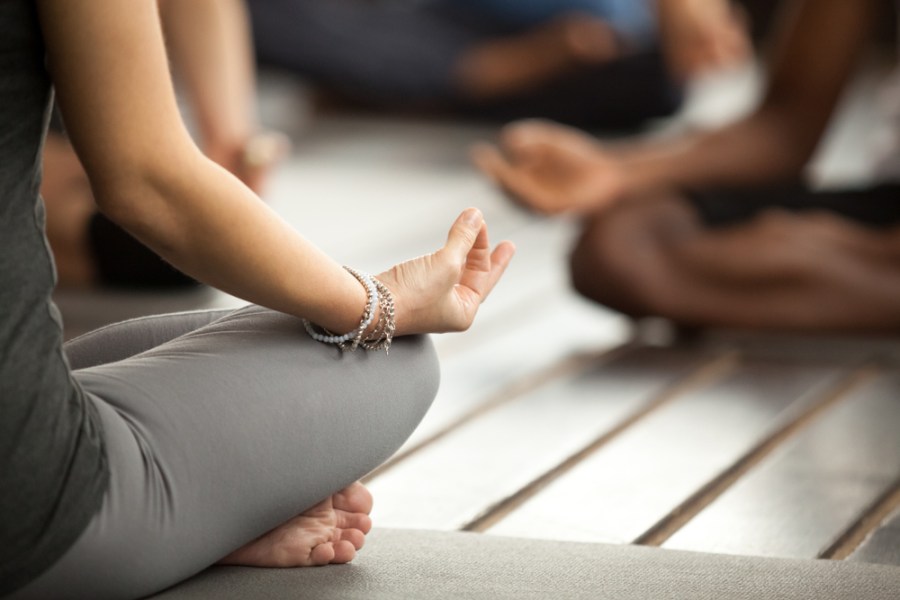We all know that yoga is good for improving our flexibility and reducing stress, but have you ever wondered how long it takes to improve and how long you should be holding each pose? These questions and more answered by yoga teacher Hannah Glancy from Proper Northern Yoga.
How long does it take on average to get more flexible?
This is probably one of the most commonly asked questions. Really there isn’t a definitive answer. Flexibility is developed over time and dedicated practice. It begins to disappear the moment we over or underuse our range of motion.
I travel to Nepal a lot and what strikes me are the daily movements of everyday people, at the temples, outside their houses, in the streets and parks. People are always moving, shifting, carrying and adapting. Over here we have become a sedentary nation and have adjusted accordingly. People tend to limit movements to what is most effective for our lifestyles and often the flexibility of a more manual lifestyle is no longer necessary. However, just because we don’t necessarily use that flexibility on a daily basis doesn’t mean we shouldn’t use it. If we became more embodied human beings, we would be assisting our future bodies.
My top tip would be to start a daily movement practice and if you have a cat or dog watch them get up from sleep, they stretch and yawn and get ready to move rather than just jumping up! So do the same, roll out of bed, stretch, move around, twist, turn and yawn… you’ll soon find your flexibility gradually increasing, or maybe speed up the process a bit by taking up a yoga class.
How long should you hold each of the yoga poses?
This will largely depend on the type of yoga you’re practising, some yin holds range from two to ten minutes, they are softer floor-based, breathing meditative holds, whereas for a more structured Hatha approach you might be staying for three to five breaths. Recently I’ve begun to add a lot more dynamic movement to practice, playing around with shifting weight and comprehending how I transition into a movement rather than static holds.
My advice would be to find a teacher and style you like. If the holds seem too long and challenging maybe try a more fluid vinyasa if it’s not as chilled as you’d like then look for restorative. There are so many wonderful teachers out there, don’t be afraid to have a look around to find the person or offer that suits you.
How do you know when it’s OK to push yourself a bit harder without risking injury?
Once my students sit on their mats I gently remind them that a challenge should be that, something that raises the heart rate and gives the body a reason to wake up and take notice. The burn of exertion and the struggle to regulate your breath are good markers for a challenge. Back off when you need to though.
We are our worst judges of pain sometimes; we have an incredible ability to endure a lot. Often, we don’t want to lose face. It has taken me a long time to be OK with backing off. Miraculously putting my needs first has actually given my body the real space it needs to develop strength, so sometimes it’s even needed.
How often do you need to practice yoga in order to improve?
Daily. If you’re serious about improving, then practice all the time. Go to regular classes, practice in your spare moments. Learn to breathe. Meditate, reflect and ultimately become a more embodied practitioner. Yoga is more than just movement; the best practitioners are the ones who realise the more they know the less they actually know!
More information

Hannah Glancy is a fiery yogini and founder of Proper Northern Yoga based in Kendal, Cumbria. Over the past five years, she has been an integral part of introducing a more embodied yoga practice to the north-west. You can follow her @propernorthernyoga or check out the Proper Northern Yoga website.
Free offer!
Proper Northern Yoga is offering Women’s Fitness readers an exclusive month free – just email info@propernorthernyoga.com quoting code WFPNYFREE.







